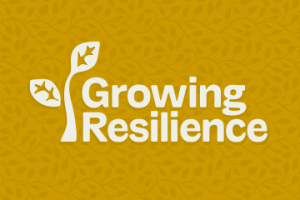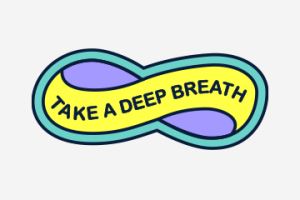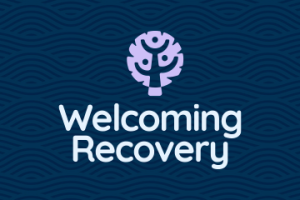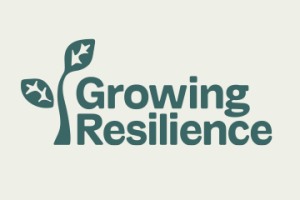Updates

Partnering with Rural Communities on Substance Use Prevention for Youth
This article highlights our use of the Community-Based Participatory Research model, which centers on forming meaningful relationships with rural communities through broad engagement, mutual learning, and shared decision-making. Working together, we are developing capacity for sustainable trauma-informed interventions that the community needs, wants, and can sustain with the community guiding implementation every step of the way.

Addressing Rural Adolescent E-Cigarette Use
In collaboration with schools, community members, and tobacco and substance use disorder treatment specialists in rural areas, we are developing educational programs and resources to address e-cigarette use (also called vaping) among adolescents. The program focuses on supporting teens in quitting e-cigarettes and supporting health care providers through a credit-bearing educational program.

Welcoming Recovery
There is not a “one size fits all” approach to treatment for opioid use disorder. By reducing stigma related to methadone, this project aims to make all Food and Drug Administration-approved medications for opioid use disorder available in communities.

Growing Resilience
For the Growing Resilience initiative, we are partnering with rural communities to develop trauma-informed approaches to support SUD prevention for rural youth. Learning from schools, health care providers, social service agencies, and others working with young people, we are collaborating on relevant evidence-based interventions to address the impact of trauma and reduce the risk of developing SUD.